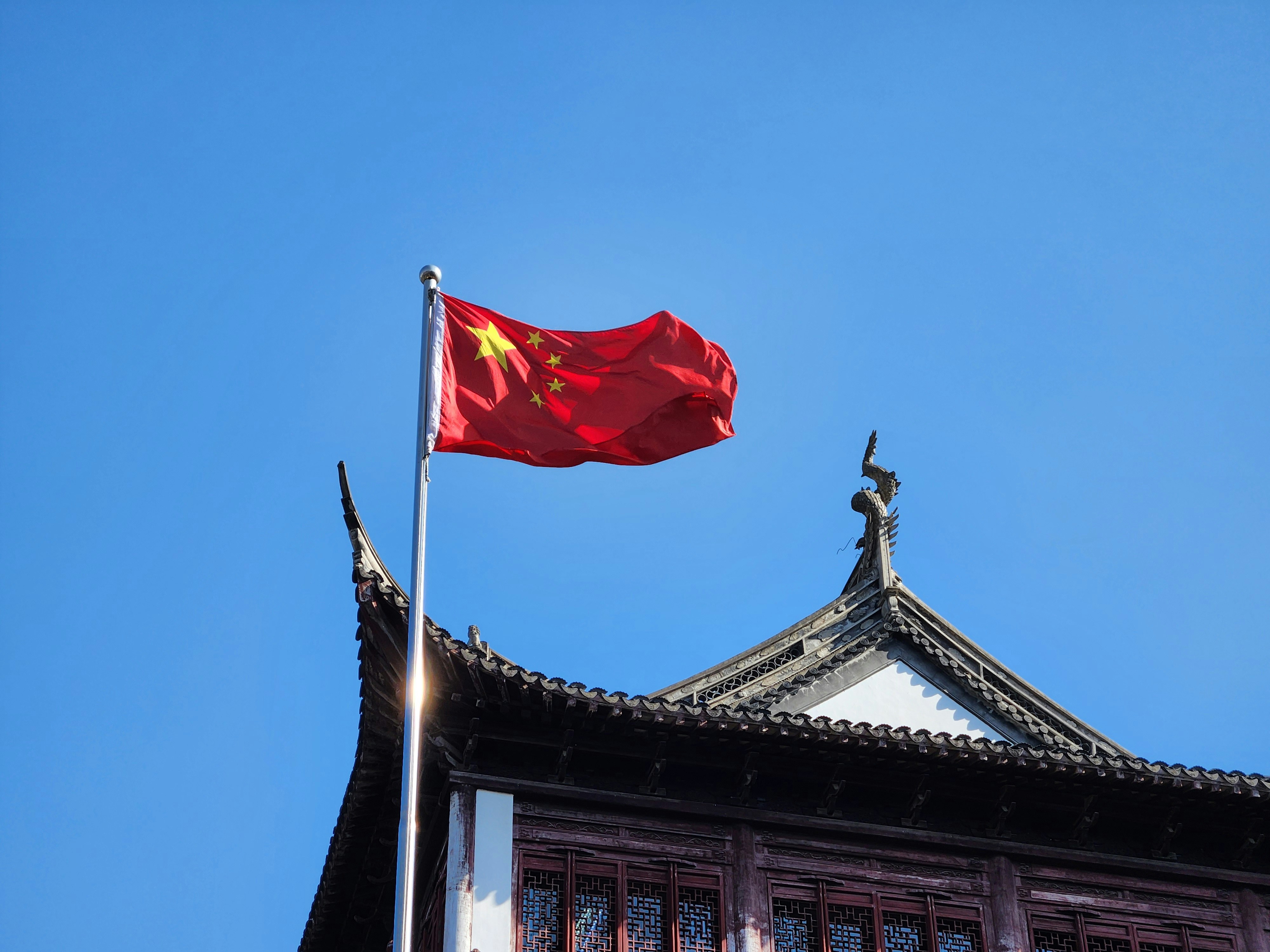Pentagon Report Highlights China's Military Expansion, Corruption, and Ties to Russia
The Pentagon report highlights China's expanding military capabilities, nuclear growth, and ties with Russia, while addressing internal corruption and rising tensions over Taiwan.
 Photo of shanghai, china, yu yuan, and yuyuan old st in China by Dominic Kurniawan Suryaputra (@d_ks11) (Unsplash)
Photo of shanghai, china, yu yuan, and yuyuan old st in China by Dominic Kurniawan Suryaputra (@d_ks11) (Unsplash)China has expanded its nuclear arsenal, increased military activity near Taiwan, and strengthened its ties with Russia over the past year, according to a Pentagon report released Wednesday. The annual assessment, mandated by Congress, outlines China's growing military capabilities while also noting challenges stemming from corruption within its Central Military Commission (CMC).
The report reveals that China's nuclear program continues to grow, with over 600 operational warheads as of May 2024. The U.S. projects that this number could exceed 1,000 by 2030, with China developing more diverse and technologically advanced capabilities to target a wider range of threats. A senior U.S. defense official noted that China’s advances enable it to inflict greater damage and conduct multiple rounds of counterstrikes. The U.S. has called for increased transparency from Beijing regarding its nuclear program and reaffirmed its commitment to defending its allies.
Corruption within the People’s Liberation Army (PLA) has hindered some aspects of China’s military modernization. The Pentagon report highlighted the expulsion of at least 15 high-ranking officials, including former Defense Ministers Li Shangfu and Wei Fenghe, as part of a crackdown on corruption. This wave of investigations has affected every branch of the PLA and could delay Beijing’s 2027 modernization goals.
Despite these setbacks, China's military presence around Taiwan has intensified, with increased naval activity and air defense zone incursions. Last week, Taiwan reported a large-scale deployment of Chinese naval and coast guard vessels, describing the maneuvers as a simulated blockade. The report underscores Taiwan's centrality to U.S.-China tensions, with Beijing continuing to claim the self-governed island and signaling readiness for potential unification by force as early as 2027.
The Pentagon also detailed China's growing use of unmanned aerial systems, which are rapidly approaching U.S. standards, and its deepening ties with Russia. China has provided Russia with dual-use items critical to Moscow’s military industry and supported its war in Ukraine.
The Biden administration has balanced military preparedness in the Asia-Pacific region with diplomatic efforts to improve U.S.-China communication. While risky intercepts of U.S. aircraft by Chinese forces have decreased, unsafe flights near American and allied forces persist.
The report concludes that while the PLA is making strides toward modernization, corruption and uneven progress across programs may slow Beijing's ambitions. The U.S. remains vigilant, positioning China as its top security challenge and preparing for potential conflicts in the region.



.jpg)
.jpg)


Conversation